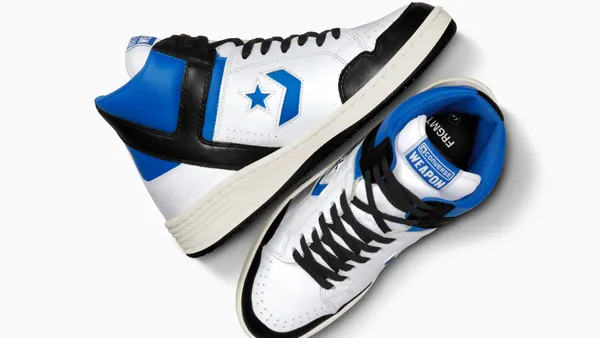Dive Brief:
-
J. Crew is selling some accessories, footwear and lingerie using a marketplace approach — having the brands drop-ship the items directly to customers. The debut of J. Crew Marketplace was first noted by Business Insider, which confirmed the company soft launched the platform this spring.
-
The retailer takes the orders and payment and provides tracking, but returns must be made directly to the sellers, according to a note on the company's website.
-
The items "cannot be sold in or shipped to Washington, Rhode Island, Pennsylvania or Oklahoma," according to the company's website, presumably due to those states' sales tax laws governing remote sellers. J. Crew didn't immediately return Retail Dive's request for more details.
Dive Insight:
J. Crew Marketplace is less a curated page of goods and more a notice to customers that certain items will be drop-shipped directly from brands. Drop-shipping is an age-old fulfillment tactic for catalog and online retailers that allows for higher wholesale margins as they bypass fulfillment headaches and inventory risk.
That can be lucrative. Amazon is selling at least half its assortment via third-party sellers, and Walmart has launched a series of pages dedicated to Lord & Taylor and Moosejaw in addition to its general third party sales there. But J. Crew Marketplace isn't extensive. "For now J. Crew has covered the bases — making sure customers are getting the right merchandise and the right shopping experience at the right price," Howard Schneider, VP of loyalty strategy at loyalty marketing firm Kobie, told Retail Dive in an email.
The brand has more room to "elevate the customer experience even further and create opportunities to engage customers to feel like 'insiders' with an ongoing relationship with the brand," he said. Still, "it's clear J. Crew has done its homework. ... This gives more consumers more reasons to visit the J. Crew site. By creating more opportunities for engagement and opening up its brand and products to a broader customer base, the retailer is primed to compete with other online retail leaders."
Like drop-shipping, marketplaces offer retailers a way to expand their merchandising with less risk, and the model has expanded globally in recent years. "In 2017, 40% of all digital commerce sales went through a marketplace model compared to 23% in 2013, according to Euromonitor, and Amazon Marketplace accounted for 87% of that growth," Michelle Grant, head of retailing research at Euromonitor International, wrote in an opinion piece for Retail Dive earlier this year. "The marketplace model is only going to grow and retailers need to stay on top of these trends. The endless assortment and lower prices resonate with consumers and the largest retailers are responding by making their marketplaces even better."
Not all retailers have been keen on the model — Best Buy shuttered its five-year-old marketplace a few years ago, citing shopper confusion and other priorities. Crate and Barrel in 2016 announced a marketplace with a "highly curated" assortment, but that's nowhere to be found anymore.
And it can be risky for the sellers, who take on not just the expense and responsibility for fulfillment and returns but also the consequences of associating themselves with marketplace hosts. Premium outdoor brand Black Diamond, for example, sent Walmart a cease and desist letter asking to be removed from the retailer's new Moosejaw page immediately upon its launch.













